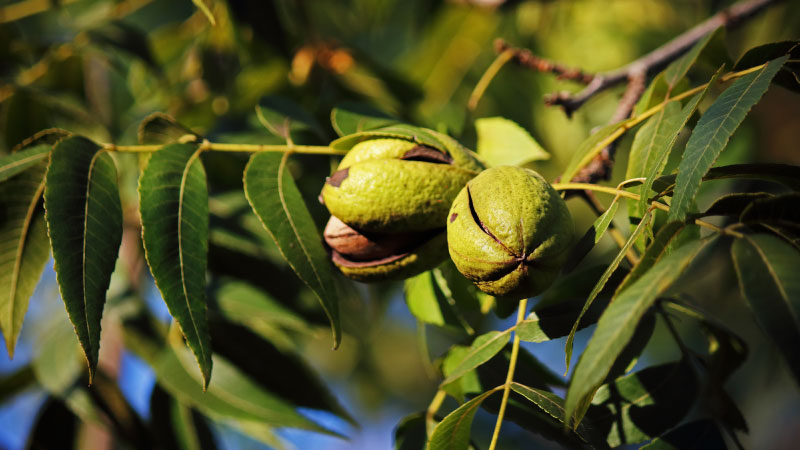Modern Soil Tests Give You More Control
American Vegetable Grower® magazine turned to Thomas Bjorkman, Associate Professor of vegetable crop physiology at Cornell University, who is involved with Cornell’s Soil Health Testing Laboratory, to answer questions about the lab’s Comprehensive Assessment of Soil Health test and the importance of knowing more than just your soil’s nutrient levels to produce healthy crops.
Assessment indicators and management strategies for improving your soil are available in the latest version of Cornell’s manual, “Comprehensive Assessment of Soil Health — The Cornell Framework,” which is available for free download at http://soilhealth.cals.cornell.edu/training-manual. The Soil Health tests have been available since 2006, but BjÖrkman says updates have been made to the test that are quicker and cost effective.

Thomas Bjorkman
Q: Why would growers bother to go further than just knowing their soil’s nutrient levels?
Bjorkman: These tests let you know what aspects of soil tilth need management attention in order to maintain the productivity of your land. While many growers feel the soil in their hand, or even smell and taste it, the biological and physical quality of the soil has still declined. A lot of on-farm research has shown, and participating growers have recognized, that instrumental tests of this important soil quality results in more effective management decisions.
Q: What are the key differences between Cornell’s new soil tests and the other tests currently available?
Bjorkman: Measurement of physical and biological properties of the soil has been around for some time. The Cornell Soil Health team set out to develop tests that met several criteria. First, they had to be relatively inexpensive and relatively fast to do. Second, they needed to be repeatable, so that growers could collect samples with reasonable constraints on time and soil condition. Third, they needed to be agronomically important and accurately reflect the conditions that growers are trying to manage.
The assessment team has been using big data methods to use the thousands of sample results to help interpret what the values mean. I find that interpretation — essentially into the general categories of bad, fair, and good — to be especially valuable.
The current tests balance those criteria to provide a package that gives growers information they can act on at a reasonable cost.
Q: Why should growers measure their soil’s organic nitrogen and microbial activity?
Bjorkman: The organic nitrogen is the bank of mineralizable nitrogen that the crop can draw from in the coming seasons. The microbial activity reflects the amount of microbes present to mineralize the nitrogen and performs other valuable soil-improving functions.
Q: The new soil tests often prescribe two management practices to improve soil health: reducing tillage andincreasing soil-building through cover crops. What do growers gain by doing both?
Bjorkman: Tillage provides a short-term benefit to crop growth, but causes a long-term decline. Tillage does two detrimental things: It breaks up soil aggregates and it causes organic matter to be respired quickly. Reducing tillage slows the decline of both measures of soil health.
Cover crops increase the amount of organic matter that goes into the soil, and the living roots cause new aggregates to form. Cover crops can be chosen that meet those goals to complement vegetable crops that leave little residue or are weak aggregators.
These two practices can be complementary if cover crops are used to do some of the soil loosening and weed suppression that would otherwise require tillage. It would be valuable if growers could change to low-tillage approaches before their soil health has declined and they have committed to a lot of equipment to a high-tillage production system. Having a test like this can give growers advance warning that the soil condition is heading in the wrong direction.










